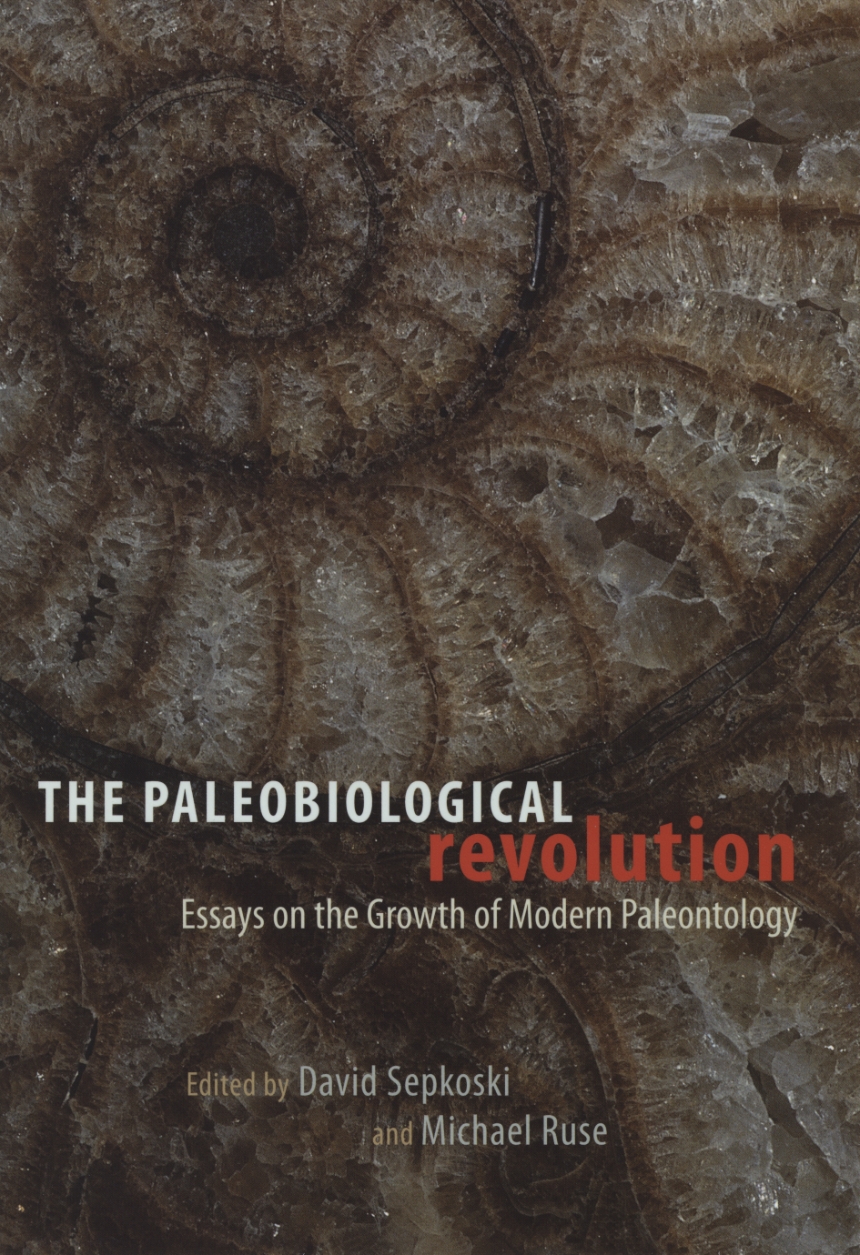The Paleobiological Revolution
Essays on the Growth of Modern Paleontology
The Paleobiological Revolution
Essays on the Growth of Modern Paleontology
568 pages | 29 halftones, 13 line drawings, 6 tables | 6 x 9 | © 2009
Biological Sciences: Paleobiology, Geology, and Paleontology
Earth Sciences: Geology, History of Earth Sciences, Paleontology
Reviews
Table of Contents
Acknowledgments
Introduction: Paleontology at the High Table
Michael Ruse and David Sepkoski
Part I: Major Innovations in Paleobiology
1. The Emergence of Paleobiology
David Sepkoski
2. The Fossil Record: Biological or Geological Signal?
Michael J. Benton
3. Biogeography and Evolution in the Early Paleozoic
Richard A. Fortey
4. The Discovery of Conodont Anatomy and Its Importance for Understanding the Early History of Vertebrates
Richard J. Aldridge and Derek E. J. Briggs
5. Emergence of Precambrian Paleobiology: A New Field of Science
J. William Schopf
6. Dinosaurs at the Table
John R. Horner
7. Ladders, Bushes, Punctuations, and Clades: Hominid Paleobiology in the Late Twentieth Century
Tim White
8. Punctuated Equilibria and Speciation: What Does It Mean to Be a Darwinian?
Patricia Princehouse
9. Molecular Evolution vis-à-vis Paleontology
Francisco J. Ayala
Part II: The Historical and Conceptual Significance of Recent Paleontology
10. Beyond Detective Work: Empirical Testing in Paleontology
Derek Turner
11. Taxic Paleobiology and the Pursuit of a Unified Evolutionary Theory
Todd A. Grantham
12. Ideas in Dinosaur Paleontology: Resonating to Social, Political, and Popular Context
David E. Fastovsky
13. Reg Sprigg and the Discovery of the Ediacara Fauna in South Australia: Its Approach to the High Table
Susan Turner and David Oldroyd
14. The Morphological Tradition in German Paleontology: Otto Schindewolf, Walter Zimmermann, and Adolf Seilacher
Manfred D. Laubichler and Karl J. Niklas
15. “Radical” or “Conservative”? The Origin and Early Reception of Punctuated Equilibrium
David Sepkoski
16. The Shape of Evolution: The MBL Model and Clade Shape
John Huss
17. Ritual Patricide: Why Stephen Jay Gould assassinated George Gaylord Simpson
Joe Cain
18. The Consensus That Changed the Paleobiological World
Arnold I. Miller
Part III: Reflections on Recent Paleobiology
19. The Infusion of Biology into Paleontological Research
James W. Valentine
20. From Empirical Paleoecology to Evolutionary Paleobiology: A Personal Journey
Richard Bambach
21. Intellectual Evolution Across an Academic Landscape
Rebecca Z. German
22. The Problem of Punctuational Speciation and Trends in the Fossil Record
Anthony Hallam
23. Punctuated Equilibrium versus Community Evolution
Arthur J. Boucot
24. An Interview with David M. Raup
Edited by David Sepkoski and David M. Raup
25. Paleontology in the Twenty-First Century
David Jablonski
26. Punctuations and Paradigms: Has Paleobiology Been through a Paradigm Shift?
Michael Ruse
List of Contributors
Index
